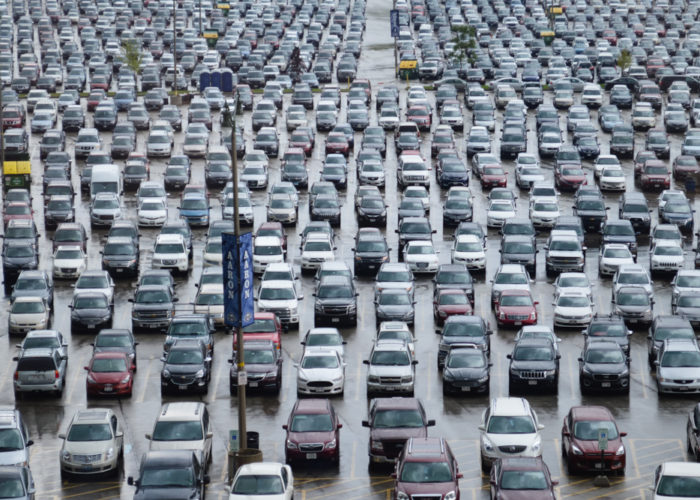
As cities look to plan for rapid population expansion, and to form the foremost out of their infrastructure, one among the primary places they could specialize in is parking. An increasing number of cities have begun to eliminate minimum parking requirements for developers, getting to increase walkability and reduce car dependency.
This trend brings to light the issues with existing infrastructure. The necessity is to determine a highly practical and effective parking management solution that ensures resident satisfaction and utilizes the prevailing parking lots and on-street parking throughout the town.
Particularly within the cities and therefore the big towns there’s a drag where the supply-demand ratio makes parking a drag for parking lot providers, the motorists or both. We are here to offer a bare summary on the difficult subject of parking problems and solutions.
These are just a few of the various solutions that are available to thinking parking professionals and their customer’s users who are the motoring public.
Increase parking supply.
This is the primary thing that involves mind when pondering parking problems and solutions. Essentially, its gets property manager’s developers, businesses and central local governments to create more parking facilities. It’s the advantage of economies of scale. The highest disadvantage is that it increases overheads and encourages driving as against conveyance.
Establish minimum parking requirements
By raising the wants for parking spaces the demand for parking are often reduced. The utilization of zoning is common during this context. This method is straightforward to implement but can increase the prices of providing parking to developers and public authorities.
Increase on-street
This has the advantage of being comparatively cheap and suitable with parking problems and solutions. It’s the disadvantage of getting provision ceilings and parallel parking makes for hazards for cyclists and increases the probabilities of motor crashes.
Increasing on-street parking
Town planners can design more on-street parking while local governments can have fewer parking boundaries and encourage parallel parking. This is often easy and cost-effective but there are limits on what percentage extra parking spaces can be created.
Subsidizing off-street parking
This has the advantage of building parking inexpensive and transporting it into policy but it amounts to a public funding for driving rather than encouraging utilization of conveyance.
Adding overflow facilities
This amounts to having in reserve extra parking facilities when the standard nearby parking spaces is all haunted. This will happen during popular events. It’s the advantage of flexibility and one disadvantage is how remote the secondary parking lot is.
Maximizing parking spaces in existing facilities
This can involve utilizing unused spaces like in corners and on the sides of the parking areas and having specially sized spaces for smaller vehicles. Are often this is often relatively inexpensive but there’s a ceiling on what proportion can be added.
Rent parking
A rent parking is a parking of landlord that controls an area of space, designated for a vehicle, and allows a person to rent it in return for payment. Generally, there are limited State laws on this type of parking. The person only is able to store their vehicle recreational vehicle, motorcycle, etc. On the premises unless otherwise agreed to by the owner manager. The individual renting the space from the owner, known as the lessee, must agree to the terms of the lease either fixed or monthly and the rent amount which shall be due on a specific day of each month.
Use of mechanization
Lifts and elevators can do wonders for increasing parking spaces also as flexible but these methods are hideously expensive.
This is merely scratching the surface of parking problems and solutions and other people involved during this field can choose between these and other methods.
Parking problems and solutions vary from country to country and from district to district within a rustic.


